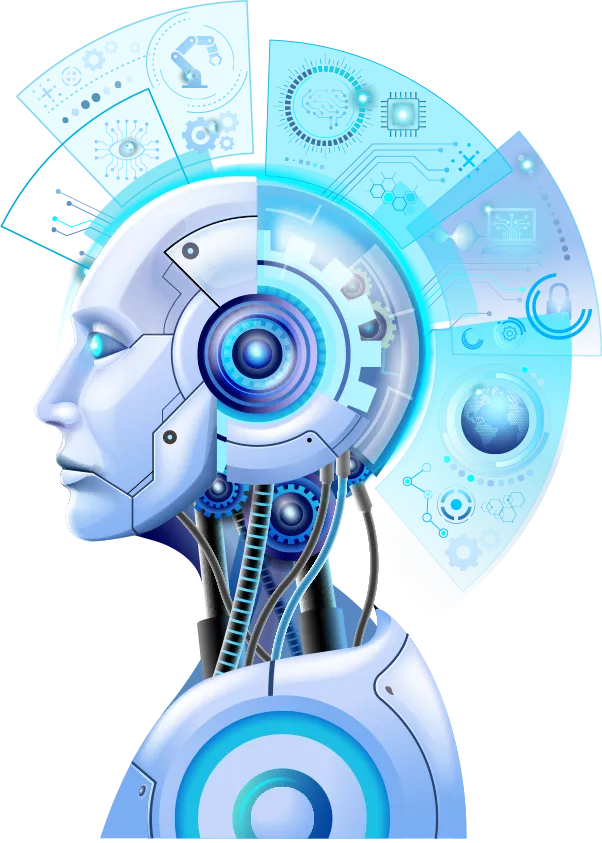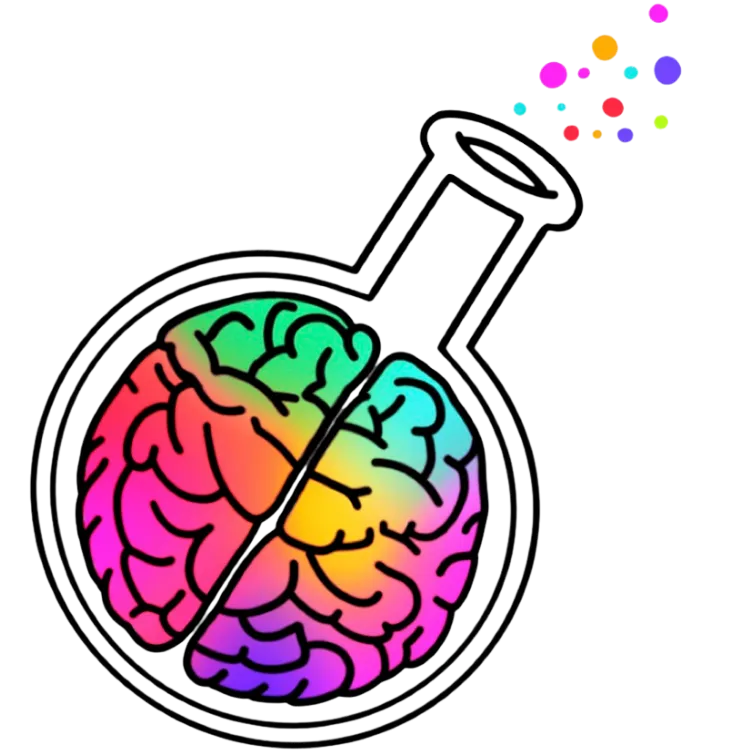
Courses
Deep Learning for Biomedical Imaging (winter 2025)

Course Description: Imaging science is experiencing tremendous growth. The New York Times recently ranked biomedical engineering jobs as the number one fastest-growing career field in the nation and listed biomedical imaging as a primary reason for the growth. Medical imaging (as a core component of biomedical imaging) and its analysis are fundamental to understanding, visualizing, and quantifying medical images in clinical applications. With the help of automated and quantitative image analysis techniques, disease diagnosis will be easier/faster and more accurate, leading to significant development in medicine in general.
The department of BME, in conjunction with the Machine and Hybrid Intelligence Lab of Radiology, offers this timely course to introduce medical image analysis with deep learning techniques. Students will learn how to apply deep learning algorithms to analyze and interpret medical images such as X-rays, CT scans, and MRI scans. The course will cover basic image processing techniques, the fundamentals of deep learning, and their applications in medical image analysis.
Course Objectives:
1. Understand the basic concepts of medical image analysis and deep learning.
2. Develop practical skills for using deep learning techniques for medical image analysis.
3. Understand how deep learning algorithms can be applied to real-world medical image analysis problems.
4. Be able to implement deep learning algorithms using open-source libraries such as PyTorch.
5. Learn how to evaluate and validate the performance of deep learning algorithms in medical image analysis.
BMD-ENG-495
https://www.mccormick.northwestern.edu/biomedical/academics/courses/descriptions/495-0-01.html
Introduction to Medical Imaging & Analysis (Lectures 1 and 2)
- Overview of medical image analysis and its importance in healthcare
- Types of medical images (X-rays, CT scans, MRI scans, etc.)
- Challenges in medical image analysis
- Overview of deep learning and its applications in medical image analysis
LECTURE 1 and 2
SLICER TUTORIAL
Image Processing Techniques (Lectures 3 and 4)
- Image preprocessing (noise reduction, normalization, etc.) (Lecture 3)
- Image segmentation (thresholding, clustering, region growing, etc.) (Lecture 4)
- Feature extraction (texture analysis, radiomics, etc.) (Lecture 4)
LECTURES 3 and 4
Fundamentals of Deep Learning (Lectures 5-to-9)
- Artificial Neural Networks (Lecture 5)
- Convolutional Neural Networks (CNNs) (Lecture 5)
- Modern CNNs and Recurrent Neural Networks (RNNs) (Lecture 6)
- Object Detection and Image Segmentation with DL (Lecture 7)
- RCNN, Fast-RCNN, Yolo, SegNet, FCN (Tiramisu), U-Net, etc.
- Transformers / ViT (Lecture 8)
. Guest Lecturer: Bin Wang
- Self-attention mechanism
- Multi-head attention
- Other Transformer architectures (e.g., BERT, GPT)
- ViT
- Evaluating DL Algorithms and Data Augmentation (Lecture 9)
- Generative AI (Lecture 10)
- Invited Speaker: Dr Batu Gundogdu from University of Chicago
- Radiology Imaging and Analysis from A Radiologist’ Perspective (Lecture 11)
- Invited Speaker: Dr. Gorkem Durak
- Diffusion Generative AI for Colonoscopy/Endoscopy Applications (Lecture 12)
- Invited Speaker Dr. Vanshali Sharma
- Pediatric Brain Tumor Segmentation from MRIs (Lecture 13)
- Invited Speaker: Max Bengtsson
- Self-Supervised Learning for Medical Imaging (Lecture 14)
Text:
Course lecture notes/powerpoints are the main source for the course.
The following books are optional to read/study:
- Image Processing, Analysis, and Machine Vision. M. Sonka, V., Hlavac, R. Boyle. Nelson Engineering, 2014.
- Medical Imaging Signals and Systems, Jerry Prince & Jonathan Links, Publisher: Prentice Hall.
- Deep Learning, Goodfellow Ian, Bengio Yoshua, and Courville Aaron, 2016, Freely available, MIT Press.
